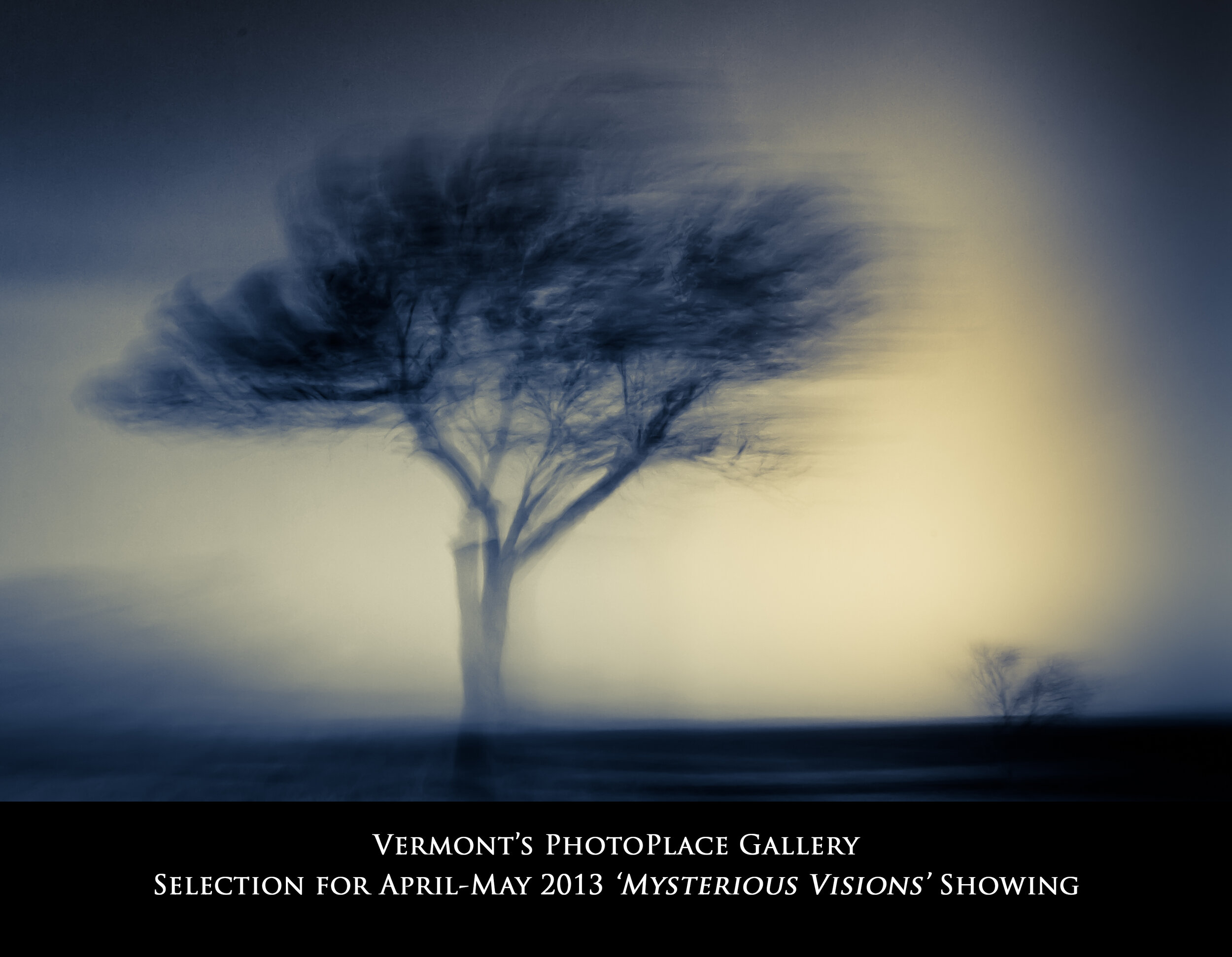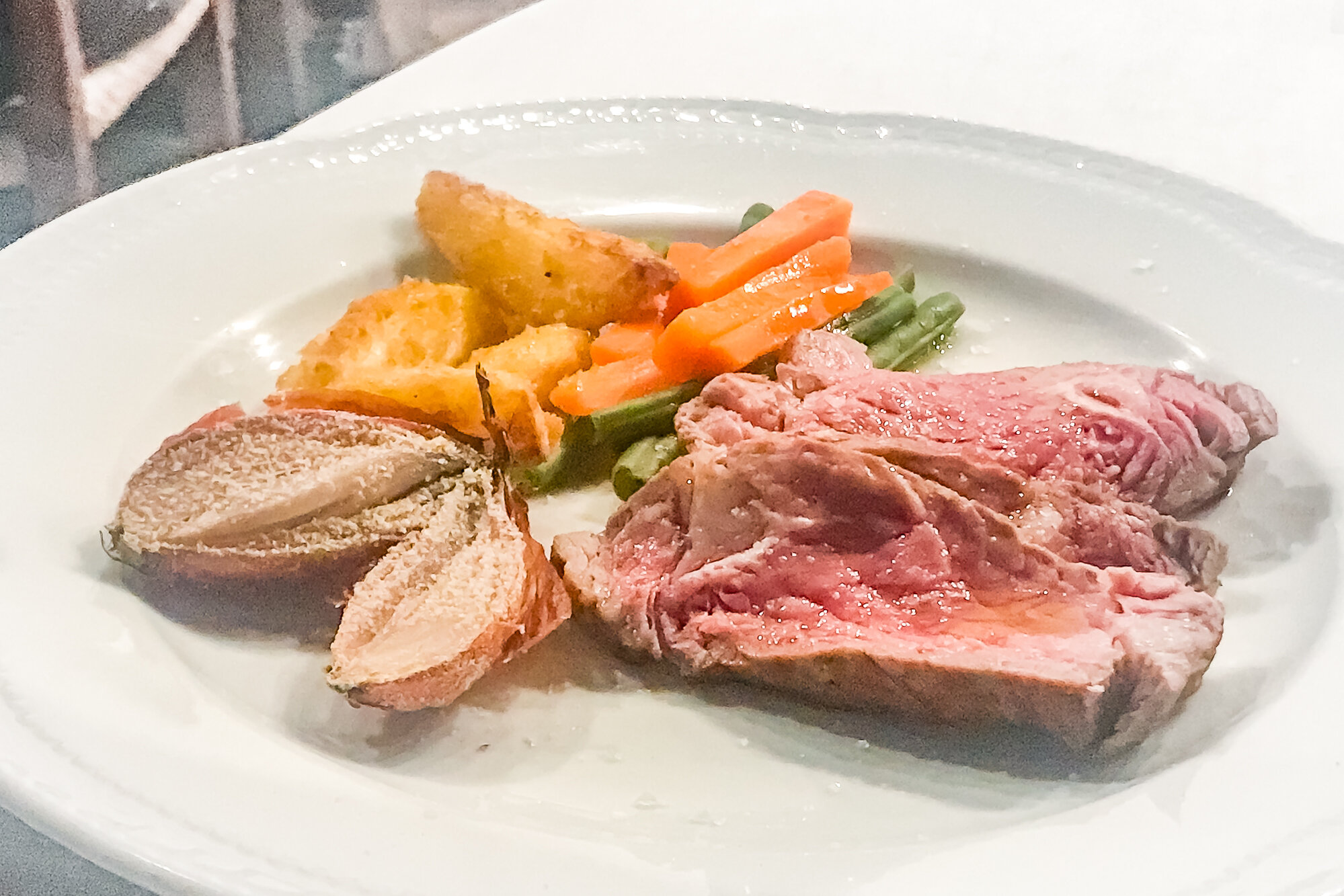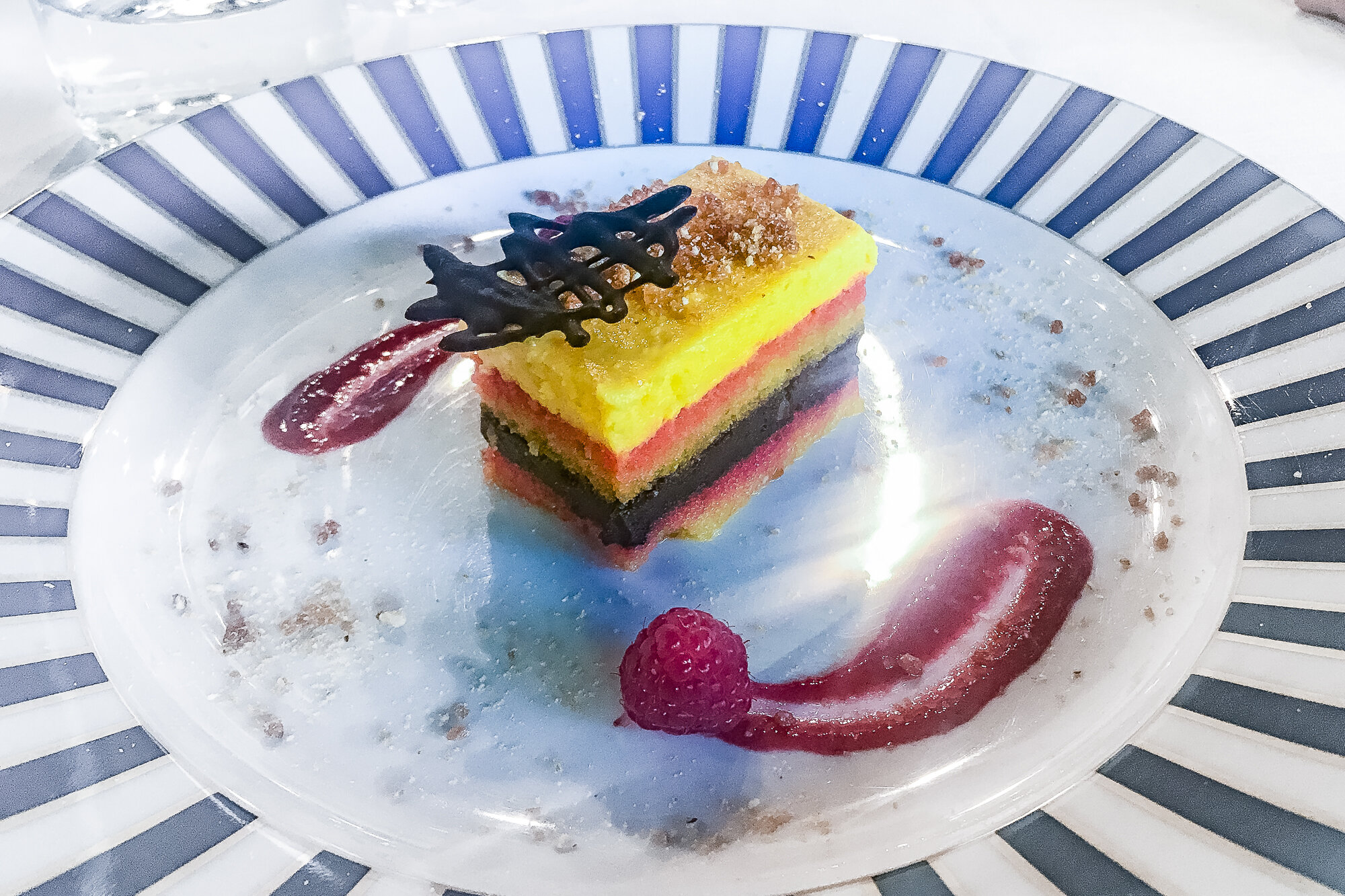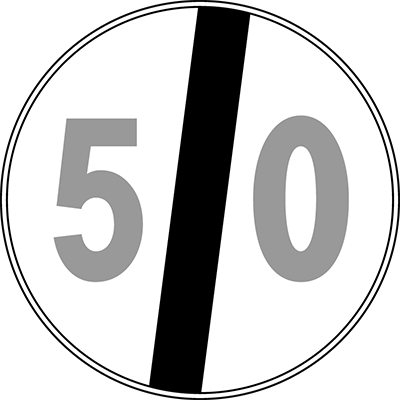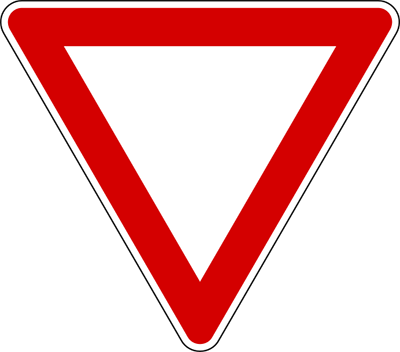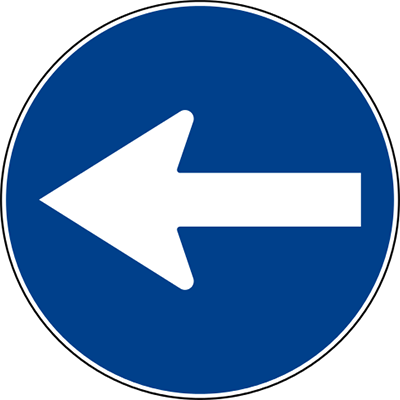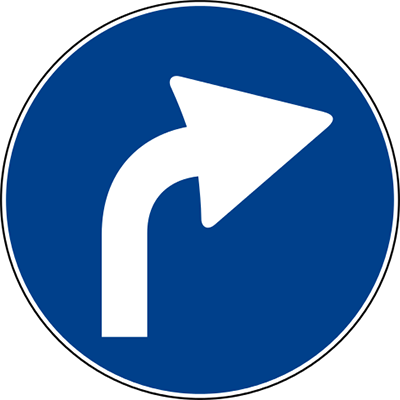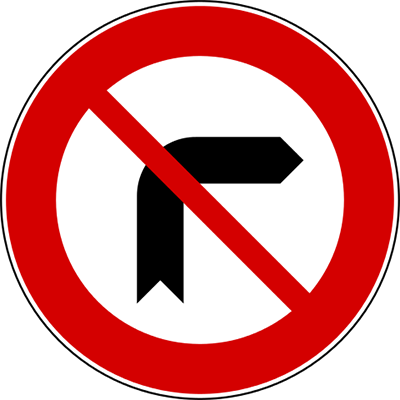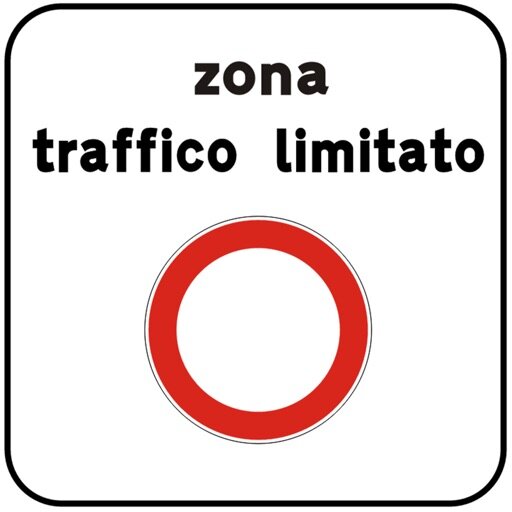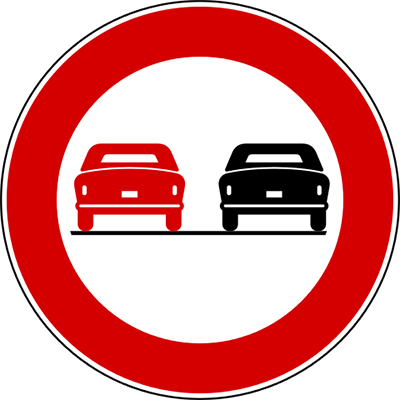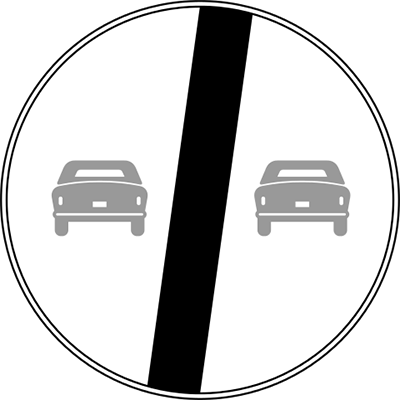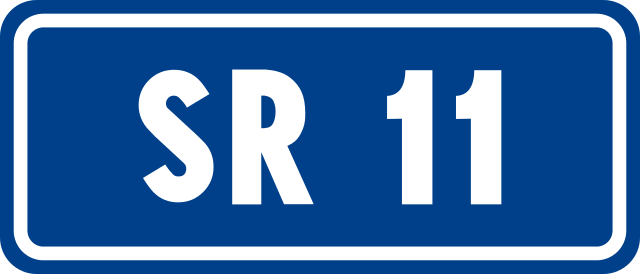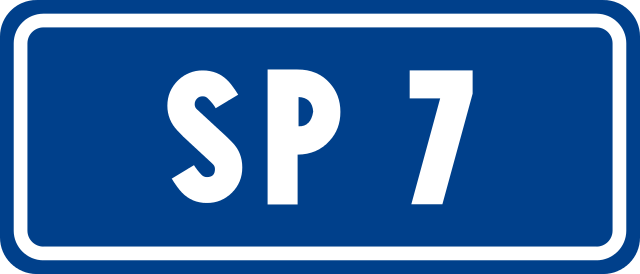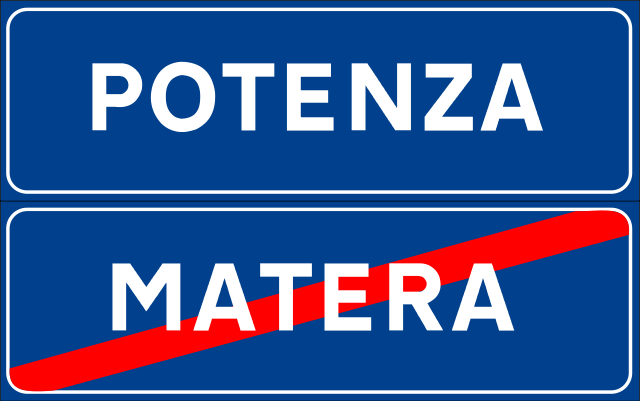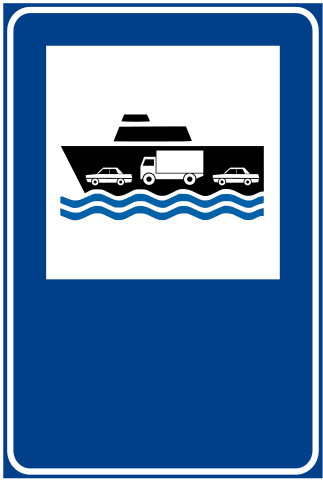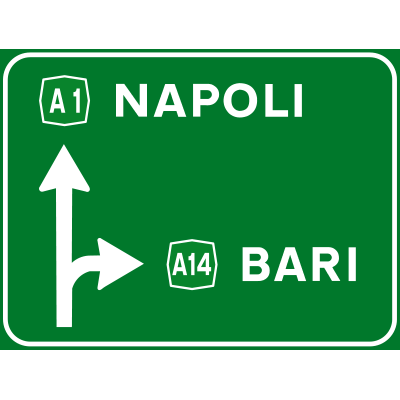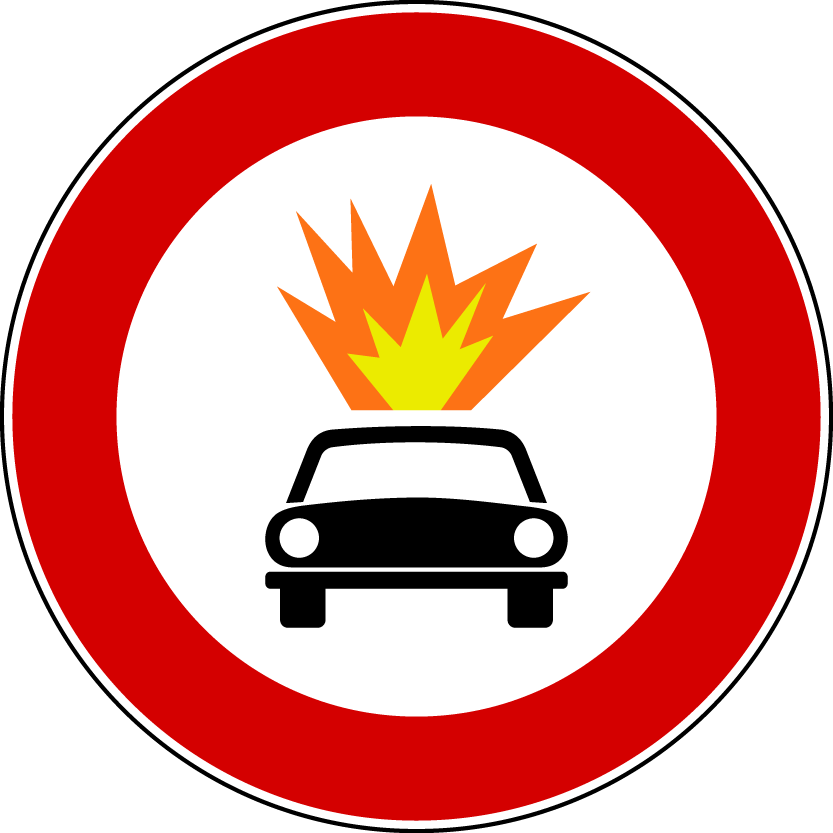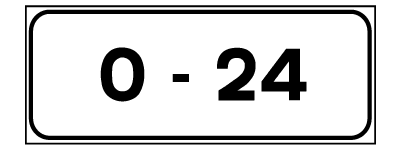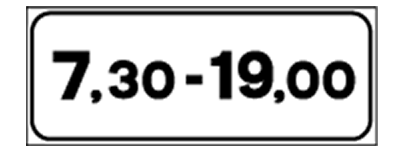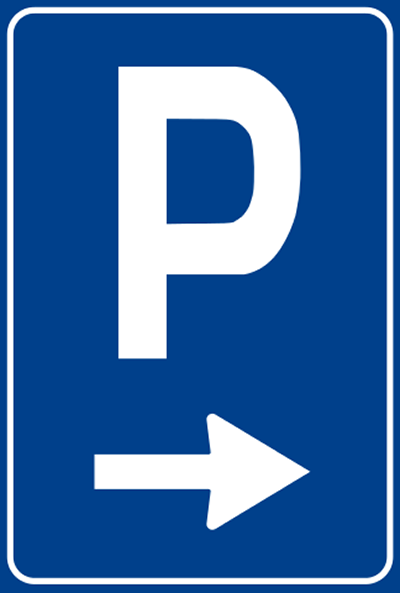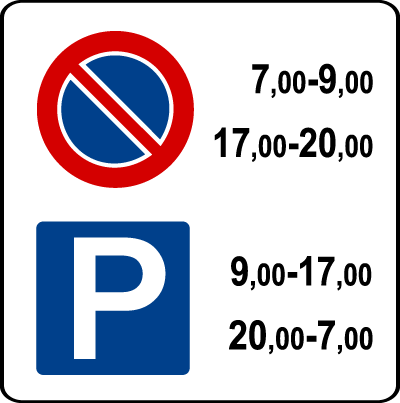[As the old western song says, “I’m back in the saddle, again”…the blogging saddle, that is. And to all of you who have written and called to wish me well in my Covid-19 recovery, you have my sincere thanks.]
For those of you who have been with me for awhile, you have seen my “The Results Are In:…” articles before. These are articles in which I toot my horn a bit to reflect that others have been tooting it for me.
I was doing a bit of cleaning up in my photography area of the basement, and I came across a Black & White Magazine from 2014, in which two of my photos were published. Then I found other bits of recognition that I have not shared with you. And then I found more.
As these are older awards that I should have published prior to “The Results Are In: Part 1”, I decided to slip this melange in as “Part 0” (zero), rather than Part 18, which should be the next in line.
Not much effort for this article, right? Just assume that I’m just kind of working my way back in to blogging very slowly.
Well, that’s it. I think I’m all caught up on horn tooting. The next installment of ItalyOurItaly.com will be a bit meatier. So, until then, please stay safe, and as always…
…Ciao for now,
Steve
Don’t miss out on this ItalyOurItaly.com newsletter - sign up here
















